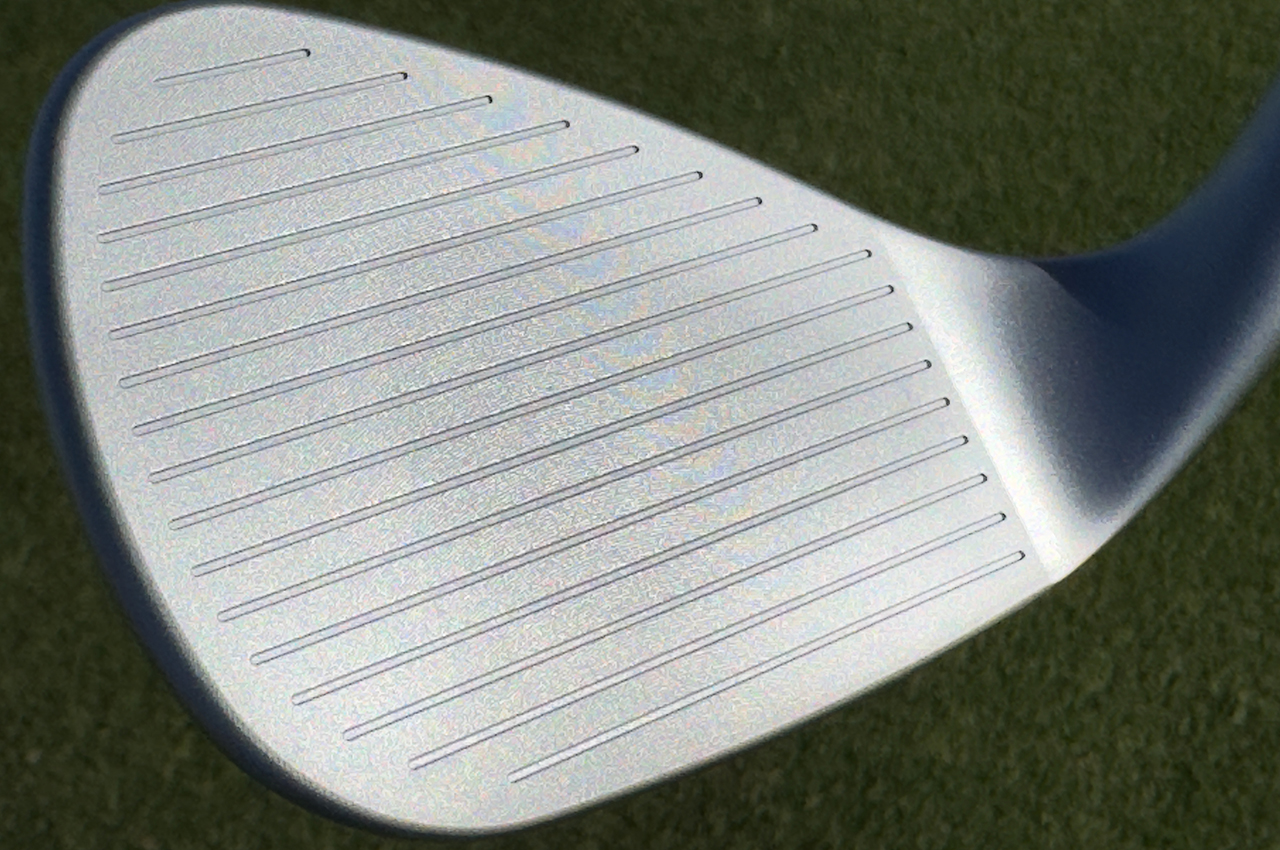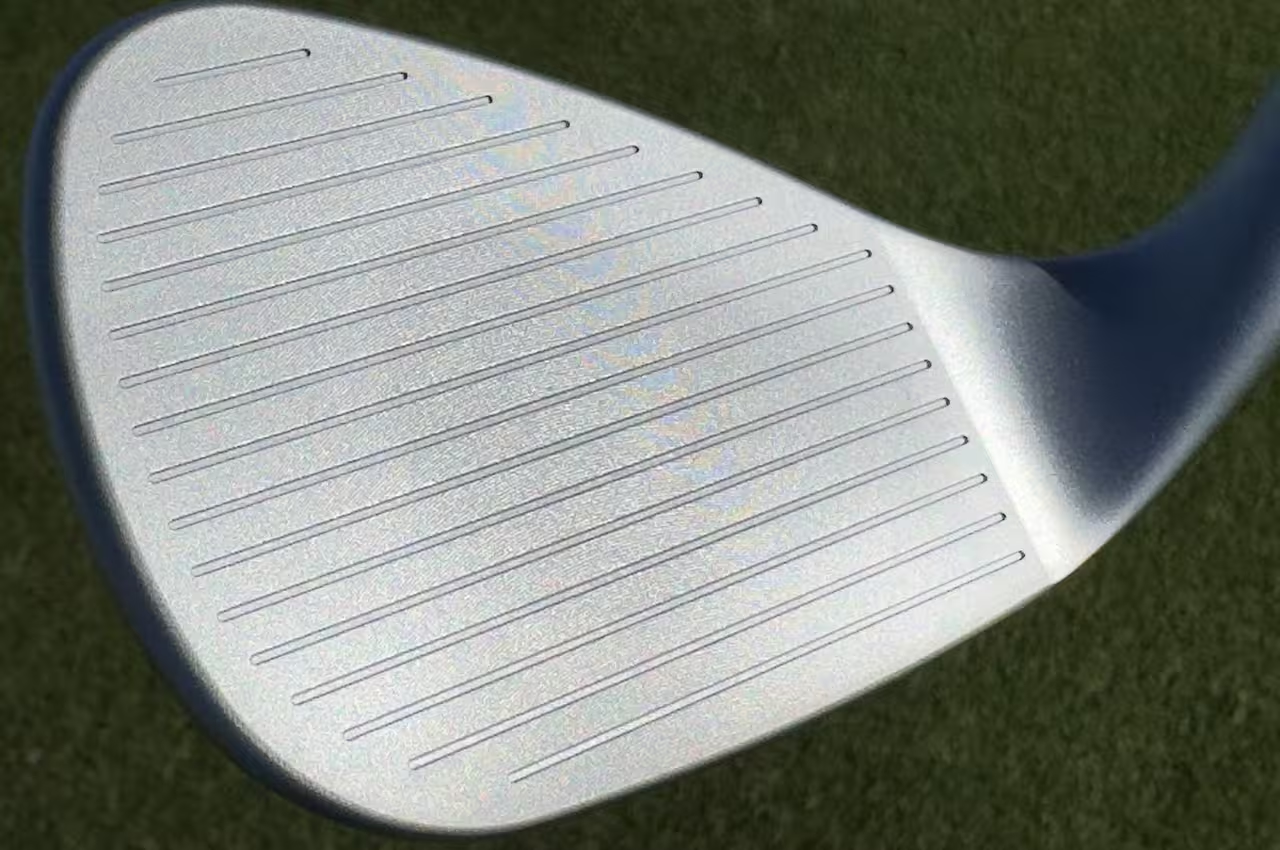Gear: PXG Sugar Daddy 3 wedges
Price: $299.99 in Chrome, $349.99 in Xtreme Dark
Specs: Forged and milled 8620 carbon steel available in three sole grinds and even lofts from 50 to 60 degrees
Who It’s For: Deep-pocketed golfers who want more spin and versatility around the greens.
The Skinny: By adding more grooves to the hitting area and offering the Sugar Daddy 3 wedges in three different sole configurations, PXG is trying to help golfers generate more spin and effectively hit a wider variety of shots.
The Deep Dive: Parsons Xtreme Golf (PXG) first made a name for itself as an iron company, adopting a cost-be-damned attitude to create distance-enhancing, game-improvement clubs that looked like a better-player’s muscleback blade. A few years after the 0311 irons were launched, PXG raised eyebrows by offering milled wedges. Most wedges you see in stores are cast, and some are forged, but milling is the most precise way to manufacture a club, along with being the most expensive.
That first wedge, the Sugar Daddy, was updated a few seasons later, and now the third generation of Sugar Daddy wedges has been released.
Each Sugar Daddy III wedge starts as a billet of 8620 carbon steel that is heated and then forged three times before a computer-controlled bit shaves off tiny pieces of steel as it goes back and forth over the head. While the forging process amplifies feel, the milling process ensures that the final wedge replicates what designers created precisely, every time.

PXG added more grooves to the hitting area of the Sugar Daddy 3 wedges, so more groove edges can grab the ball and create spin. (David Dusek/Golfweek)
The most significant change to the wedges can be found in the hitting area. In Sugar Daddy III wedges, the grooves are shallower but wider than PXG has made in the past, and designers were able to pack them closer together. According to PXG, the result of these two adjustments is water and debris can be removed from the face more efficiently for cleaner contact, and at least one more groove edge should make contact with the ball on each shot so more spin can be generated.
PXG has removed 8 grams of mass from two low areas in the back of the head and repositioned it behind the topline. This elevates the center of gravity (CG) location, and PXG progressively shifts the CG location higher in every wedge as the loft goes up. With 58 or 60 degrees of loft, getting the ball up is not difficult, but by lifting the CG location, golfers can…
..
Click Here to Read the Full Original Article at Golfweek…
